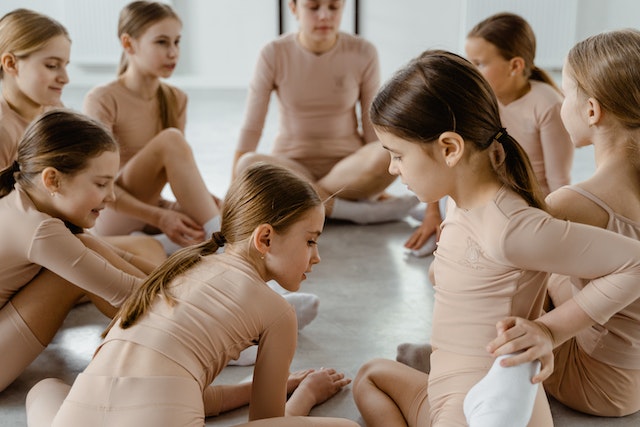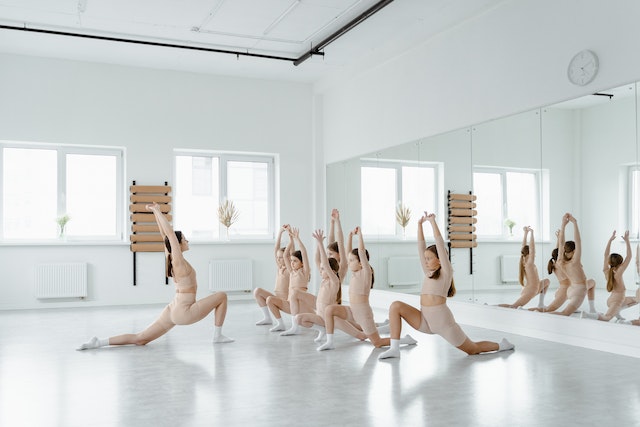Modern dancing is an art form that is very fascinating and involves emotionality, technique and freedom of movements. It developed as an opposition to strict systems of classical ballet and modern dance and is therefore centered on individual expression and innovative ideas instead of regulations. Contemporary dance breaks the norms and gives the opportunity to the performers to gain the maximum of human emotion due to movement, rhythm, and narration. Today, it has become an international movement that unites cultures, emotions as well as ideas together with the language of the body.
The History of Contemporary Dance and its Philosophy.
Contemporary dance had its origins in the mid 20 th century, as a development of modern dance heroes such as Martha Graham and Merce Cunningham who felt the need to escape the traditional limitations of ballet. It was aimed to bring movement that would be authentic human emotion and experience instead of idealized form. It is an amalgamation of ballet, modern, jazz and even street dance and it is a combination of fluid, grounded and expressive.
contemporary dance Brunswick is based on the philosophy of individuality and exploration. Dancers are also asked to dance in their own style and interpret music and themes according to their wish. The movements are either sharp and soft, structured or improvised but what matters is the emotional authenticity of the movements. Such liberty enables the contemporary dance to keep on developing, adjusting to new artistic ideas, cultural effects.

Techniques and Characteristics.
Contemporary dance focuses on creativity, emotion, and connection as opposed to other types of dance that use fixed steps or codified movement. It usually entails floor work, improvisation and movements which are based on gravity – taking advantage of the weight of the body to produce the feeling of flow and release. The style permits dancers to have liberty in shape, pace and direction and frequently alternate between being at ease and imbalance to show tension or vulnerability.
Modern dance involves energy, movement with breath to propel it and often creates illogical and unpredictable combinations of both stillness and movement. The choreographers can add the element of story telling and use abstract ideas making every performance distinct. Contemporary dance also makes a strong visual theatre, in which lighting, props, and multimedia are used to increase the visual and emotional impression.

Emotional and Cultural Value.
Modern dance is not the matter of the physical dexterity only, but also of the emotional probity and human relations. It also enables the dancers to convey messages about identity, love, conflict, and social change with the help of movement. Some modern works address ideas of freedom, belonging, and mental health providing viewers with some time to think about their own feelings.
Contemporary dance has become one of the most inclusive arts today due to the availability of the dance. It is open to all dancers regardless of their backgrounds, age, and body shapes; and it is about individual interpretation and not perfection. Contemporary dance is practised in a range of schools, studios, and performance companies worldwide as one method of encouraging creativity, healing, and community.
Contemporary dance is not just a dance performance, it is a dialogue between the soul and the body. It portrays what cannot be given words by mixing strength, vulnerability as well as imagination. This art form is ever-changing and still redefining motion and emotion, as it is a constant reminder that there is no boundary to actual expression.









